Search Images
Browse Content (p. 1297)
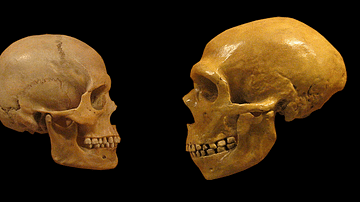
Image
Homo Sapiens & Neanderthal Skulls
Skulls of Homo sapiens (left) and Neanderthal (right) from the Cleveland Museum of Natural History. This derivative work shows the skulls from the original display on a plain black background and with the annotation removed.
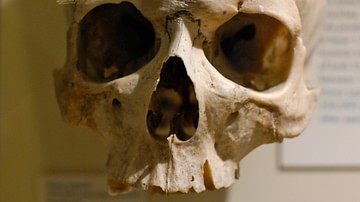
Image
Homo Sapiens Skull
Skull of a Homo sapiens (a.k.a. modern human) individual, on display at the Harvard Museum of Natural History.

Image
Stela of Renefseneb
Rectangular painted limestone stela of Renefseneb. It records the traditional prayer in Middle Egyptian for an invocation offering (bread and beer), whereby the recitation of the words would provide sustenance for the deceased, taking the...

Image
Beer Brewing in Ancient Egypt
Painted wooden model group: four figures preparing food and beer. 6th Dynasty, Sidmant, Egypt.
British Museum, London.
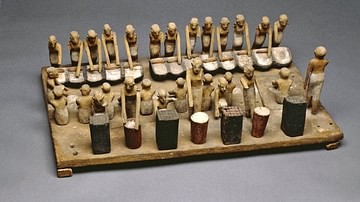
Image
Egyptian Brewery
Model group of brewing, comprising nine (originally 13) figures sifting, an overseer, three sieving mash, and three (originally four) crouching before ovens. Found at Deir el-Bahri, dating to c. 2050-2000 BCE.
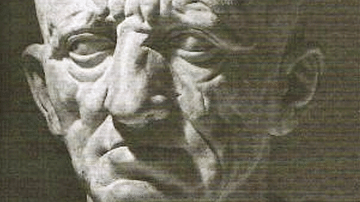
Image
Cato the Elder
The bust known as the 'Patrician Torlonia' thought to represent the Roman statesman Cato the Elder (234-149 BCE), Marcus Portius Cato, also sometimes known as 'Cato the Censor'. (Torlonia Collection, Rome)
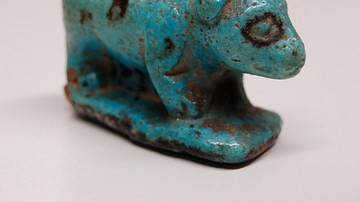
Image
Egyptian Toy Dog
A toy dog in glazed turquoise, Middle Kingdom of Egypt (2040-1782 BCE).
The British Museum, London.
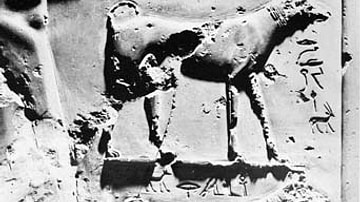
Image
Dogs of Intef II
A detail of the funerary stele of Intef II depicting his dogs. Egypt, 11th Dynasty, c. 2063 BCE.
Egyptian Museum, Cairo.
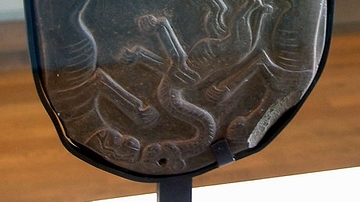
Image
Four Dogs Palette
The Egyptian 'Four Dogs' cosmetic palette.
Louvre, Paris.
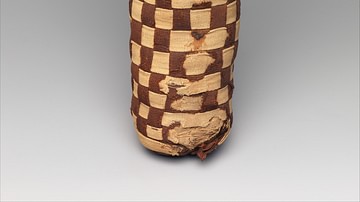
Image
Egyptian Dog Mummy
A mummy containing the remains of a dog. Kharga Oasis, Egypt, 400-100 BCE.
Metropolitan Museum of Art, New York.